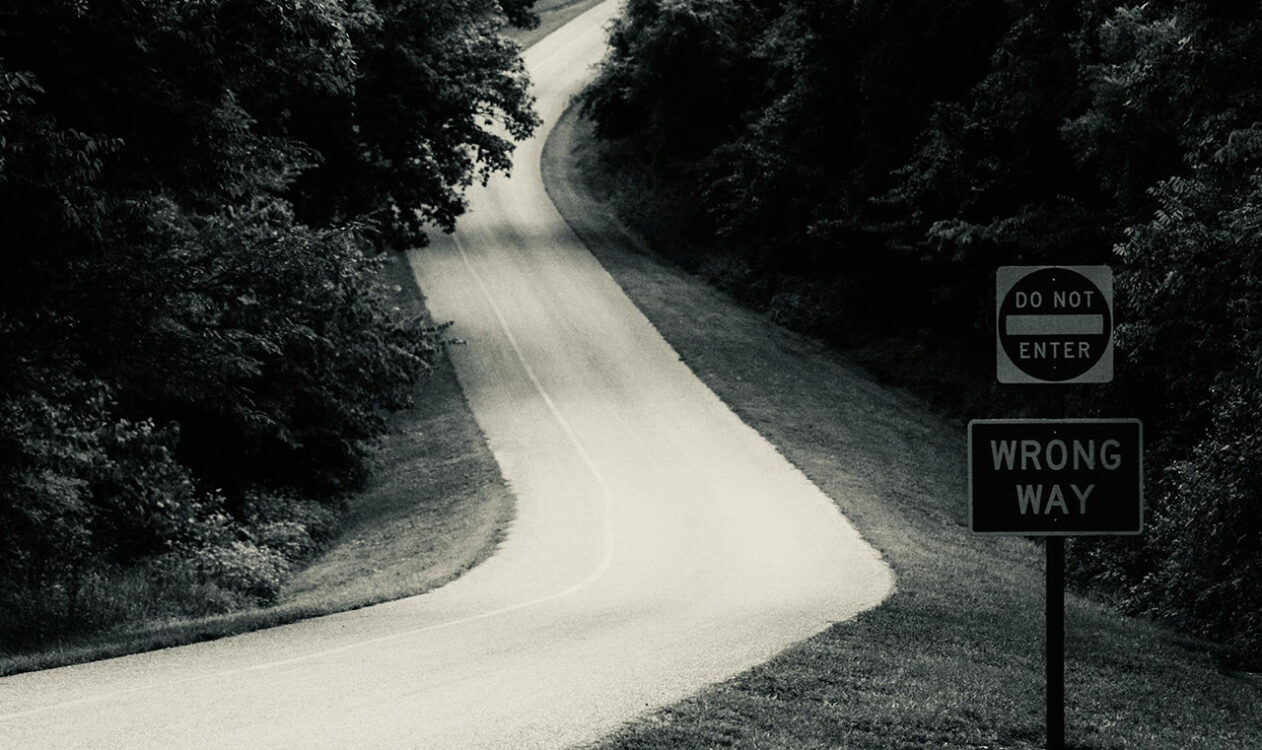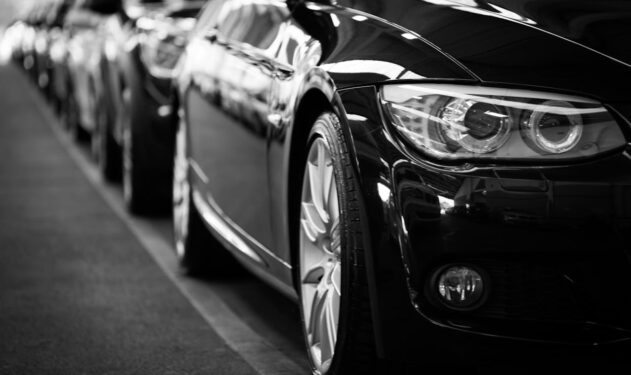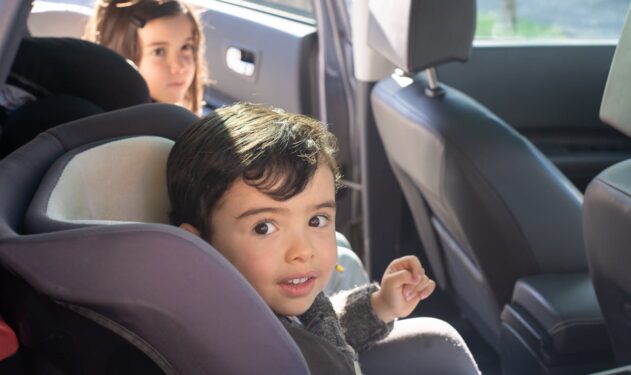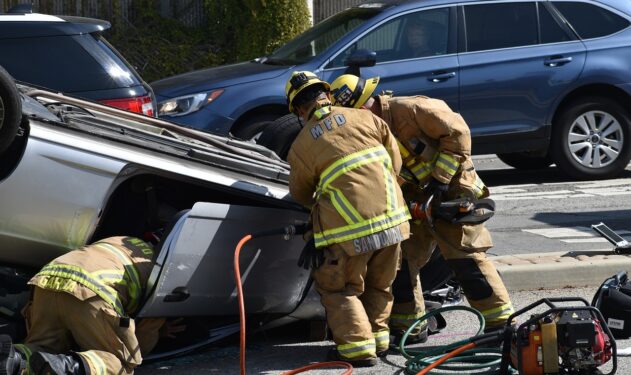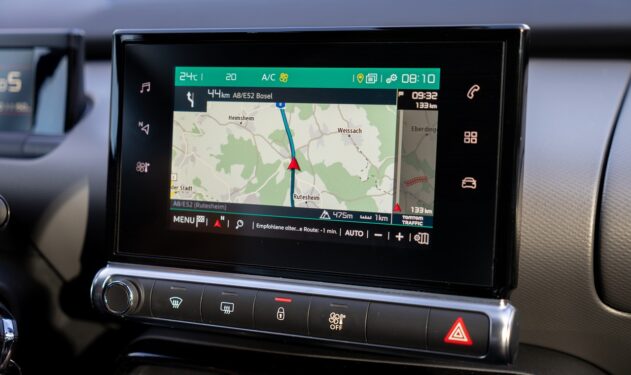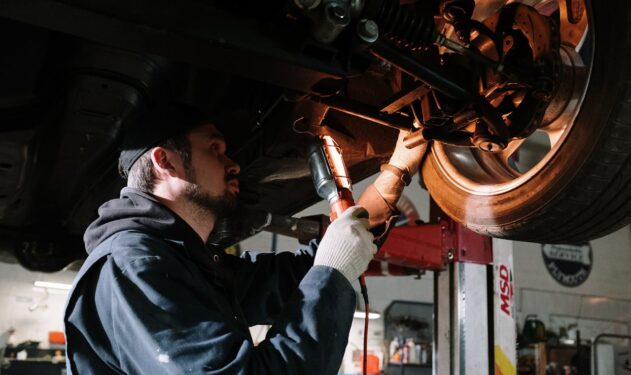Wrong-way crashes are among the most dangerous types of vehicle accidents. These accidents, which happen when driving against the flow of traffic, can often result in severe injuries or deaths due to their often being high speed and head-on.
Understanding what causes wrong-way crashes is key to both improving road safety for everyone and reducing the devastating impact of these incidents.
Primary Factors Contributing to Wrong-Way Collisions
Wrong-way car crashes occur when a driver travels against the designated traffic flow, often resulting in devastating collisions. The causes typically involve a combination of human error, environmental factors, and road design issues.
Some of the most common causes include:
Human Error
Human error is typically the leading factor in wrong-way crashes. Drivers may inadvertently enter highways or one-way streets in the wrong direction due to confusion or poor decision-making. Confusion may be caused by unfamiliarity with an area or distractions.
Driver Fatigue
Drivers who are tired tend to have slower reaction times and impaired judgment, making it more likely they’ll miss or misunderstand road signs. Fatigue can also cause drivers to accidentally enter a ramp or exit the wrong way or fail to notice oncoming traffic.
Impairment
Substances like alcohol or drugs are another major contributor to wrong-way accidents. Alcohol and drugs impair a driver’s cognitive function and coordination, which makes it harder to correctly evaluate their surroundings. Often, wrong-way crashes involve intoxicated drivers and occur late at night, when drinking and reduced visibility can combine to increase risks.
Distraction
Distracted driving, whether caused by texting, using a GPS, or adjusting the radio, can lead to wrong-way incidents. A momentary lapse in attention is all it takes for a driver to miss critical signs indicating the correct direction of travel. The National Highway Traffic Safety Administration reports that, in 2022 alone, 3,308 died in vehicle accidents caused by distracted driving.
Inadequate Signage
Clear and prominent signage is crucial to preventing wrong-way entries. When signs are obscured, faded, or placed too far from decision points, drivers may inadvertently turn onto a one-way street or highway exit ramp.
Poor Road Layout
Intersections, exit ramps, or highway onramps that include complex or uncommon designs can confuse drivers, especially ones who aren’t familiar with the area. Poorly placed road markings or underlit roads make the problem worse and can leave drivers uncertain about how to proceed.
Environmental and Situational Factors
Weather conditions and situational issues can contribute to wrong-way crashes as well; in fact, they often work to compound any human error and road design flaws.
Low Visibility
Bad weather conditions like fog, heavy rain, or snow reduce visibility and make it more difficult to see road signs, lane markings, or even oncoming vehicles. Similarly, driving at night presents challenges, especially in poorly lit areas where wrong-way signage may be hard to spot.
Unfamiliarity with the Area
Those who are unfamiliar with the area, like tourists or out-of-town drivers, are more likely to enter an oncoming road incorrectly. Not being familiar with local road layouts or relying too much on GPS devices can also contribute to wrong-way incidents.
High-Risk Scenarios Leading to Wrong-Way Wrecks
Specific conditions or driver demographics can also increase the likelihood of wrong-way crashes.
Some of these include:
- Time of Day: These types of crashes often happen at night or early morning when fatigue, reduced visibility, and the higher chance of impaired driving can all contribute to higher risk.
- Age and Experience: Studies suggest that both older drivers and young, less experienced drivers are more likely to cause wrong-way crashes. Some elderly drivers may struggle with cognitive or visual difficulties, while younger drivers might have less experience in dealing with complicated roadways or recognizing signage in time.
The Role of Speed in Causing Wrong-Way Accidents
Speed is another critical factor that can increase the severity of wrong-way crashes. These high-speed impacts, which are often head-on, often result in devastating consequences for both the wrong-way driver and those going in the correct direction. Speed increases the force of the collisions, which, in turn, increases the likelihood of fatal injuries.
A wrong-way crash can result from a combination of human error, road design, environmental conditions, and situational risks. By maintaining awareness of the underlying issues and implementing effective defensive driving techniques, we can all help reduce the frequency and severity of these tragic accidents.
If you or a loved one has been injured in a wrong-way crash because of someone else’s negligence, our experienced personal injury lawyers at Prochaska, Howell & Prochaska LLC can help.


